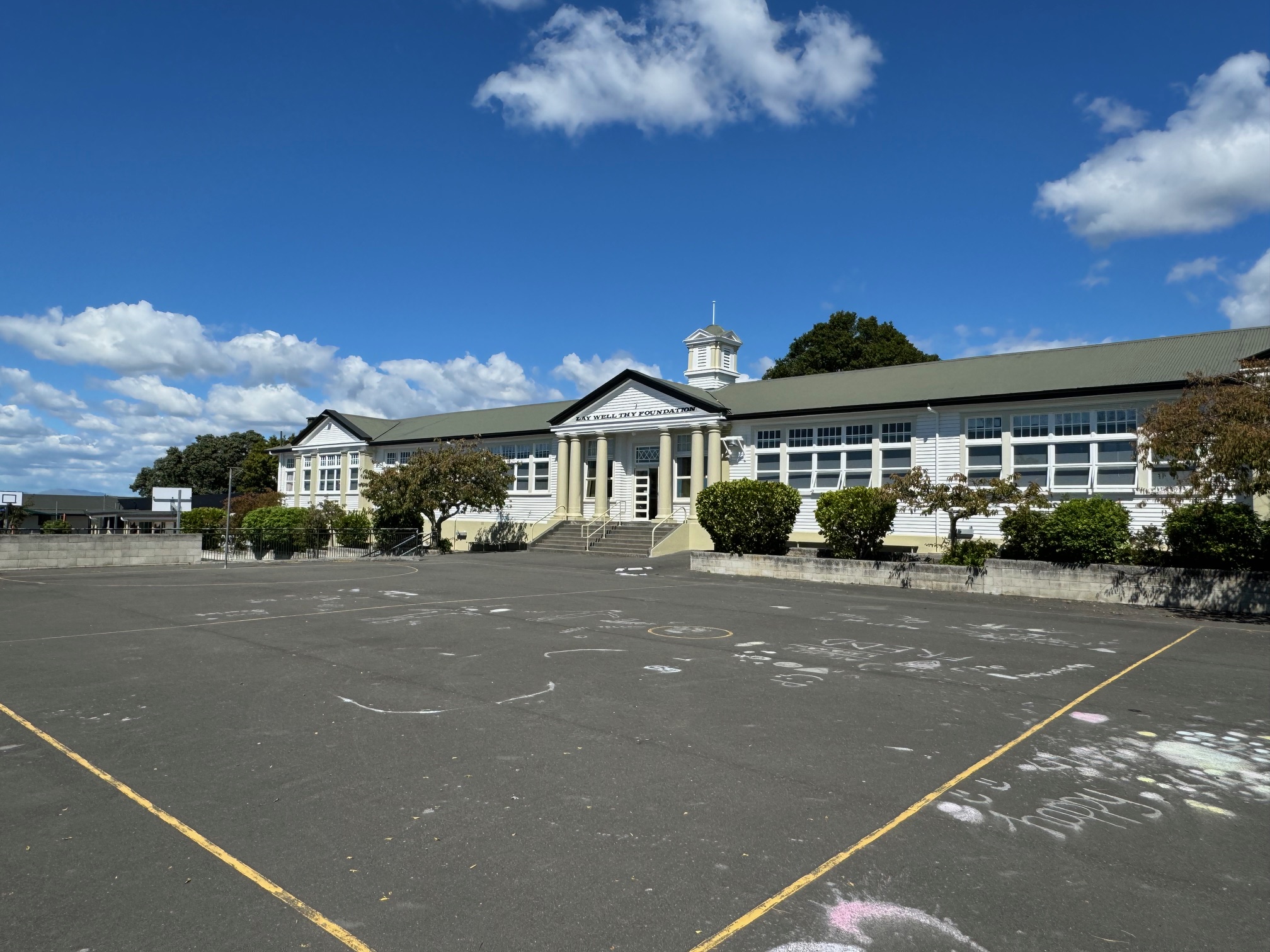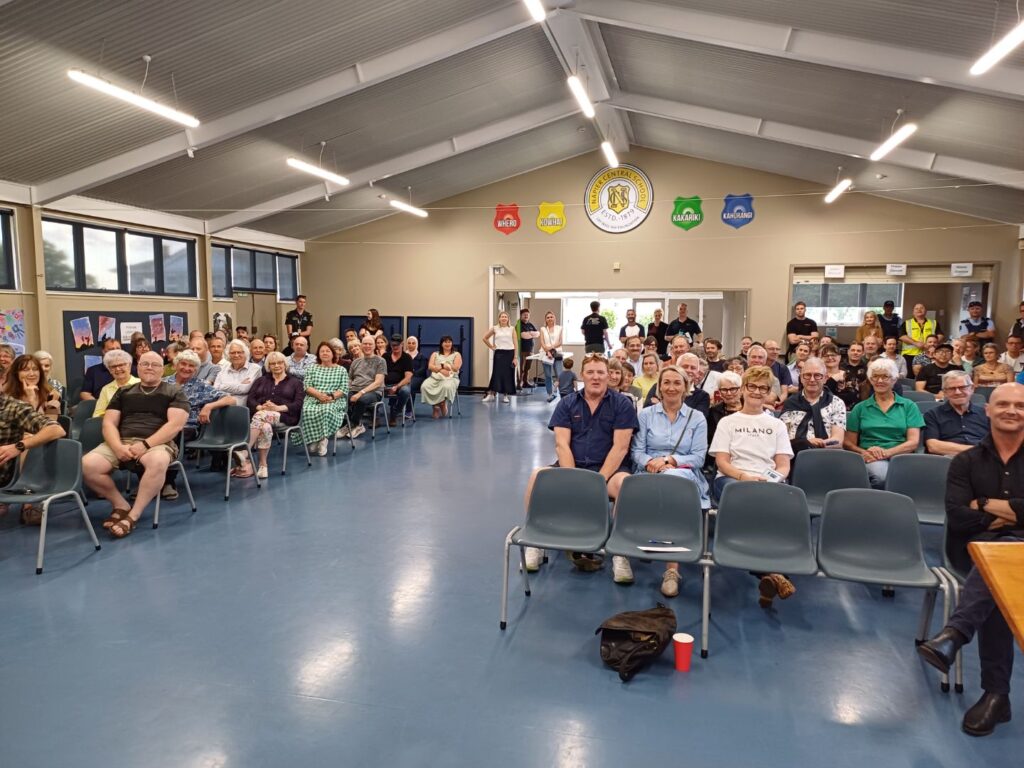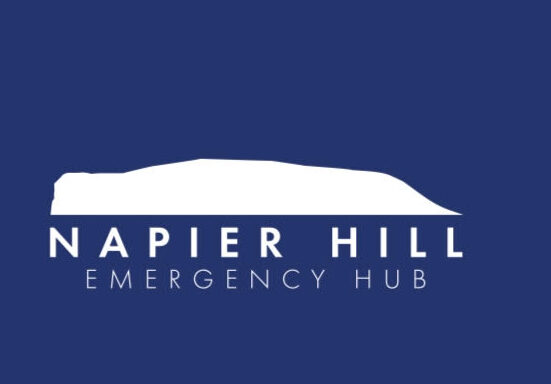
Welcome to Napier Hill Hub
Your Emergency Preparedness Resource
Napier Hill Hub
The Napier Hill Hub is a community based emergency hub being established to provide support in the immediate aftermath (72 hours following) a major earthquake/tsunami or flooding event affecting Napier City.
The Napier Hill Hub will be stood up at Napier Central School following such an event by volunteers, and based on the Civil Defence Emergency Management model being rolled out across Hawke’s Bay in the wake of Cyclone Gabrielle.
The site at Napier Central School is ideally located outside tsunami risk zones, with Napier Hill being a well publicised evacuation zone following any earthquake that is long or strong.
Subject to funding, the Hub would provide basic food, water and medical supplies, with solar power (already installed) and back up diesel generation capacity.
The volunteer base is being trained in the various roles needed to run the Hub, following an initial community meeting in October 2024.
We need more volunteers from the Napier Hill host community and there are many other ways you can contribute – email us at Hello@NapierHillHub.co.nz

Where to Find Us
Important Contacts
Emergency Services – 111
To summon emergency services for Police, Fire, or Ambulance, dail 111.
Local Risks in Napier
Earthquakes
Napier lies in an active seismic zone. Understanding and practicing earthquake safety is essential for all residents. Here are the critical steps to take during an earthquake:
1
Drop to your hands and knees immediately to prevent being knocked over. This position also allows you to crawl to shelter if needed.
2
Take cover under a sturdy desk or table. If no shelter is available, move to an interior wall away from windows and tall furniture.
3
Hold onto your shelter until the shaking stops. Be ready to move with your shelter if it shifts during the earthquake.
Flooding
Flooding can occur rapidly in Napier, particularly during severe weather events. Understanding flood risks and having a clear action plan is crucial for your safety.
1
Stay informed through local news and weather alerts. Act quickly when warnings are issued – don’t wait until flooding begins.
2
Never attempt to drive or walk through floodwaters. Even shallow flowing water can sweep vehicles away and hide hazards beneath.
3
Move to higher ground immediately if flooding threatens. Take your emergency kit and important documents with you.
Essential Emergency Kit Items
- Water Supply
- Clean drinking water in sealed containers
- 3L per person daily for 3 days
- Non-Perishable Food
- Canned goods, dried foods, energy bars
- 3-day minimum supply
- First Aid Kit
- Medical supplies and basic medications
- One complete kit per household
- Emergency Lighting
- Flashlights and spare batteries
- One per person + backup batteries
- Battery-powered Radio
- For emergency broadcasts and updates
- One per household
- Medications
- Prescription and essential medicines
- 7-day supply minimum
- Clothing & Blankets
- Warm, dry change of clothes
- One set per person
- Emergency Cash
- Small bills and coins
- Enough for basic necessities
